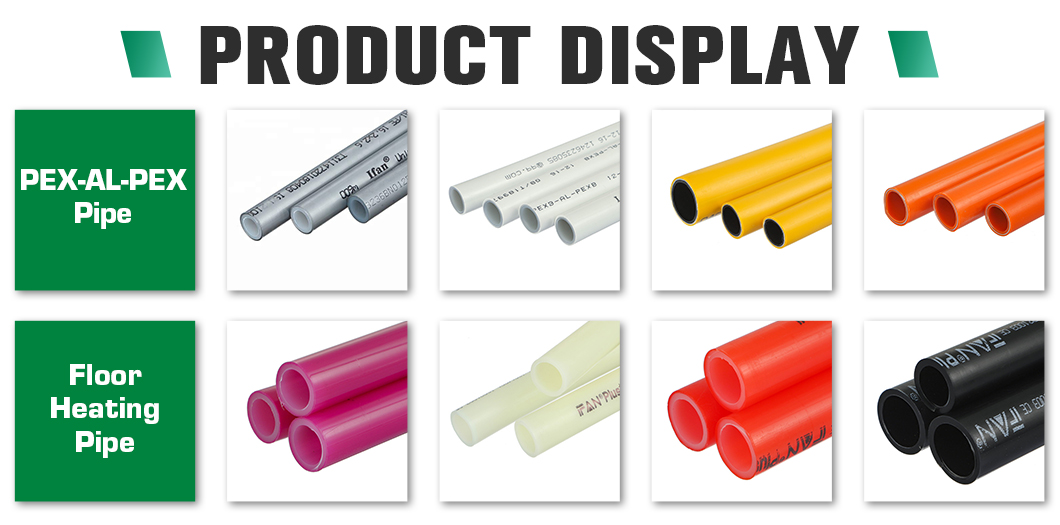tomex In the field of construction, PEX pipes (cross-linked polyethylene pipes) are increasingly favored by architects and engineers due to their flexibility, corrosion resistance and ease of installation. This article will introduce the installation steps of PEX pipe to help you easily build an efficient piping system.
IFAN factory 30+ years manufacture experience support color/size customization support free sample.Welcome to consult for catalog and free samples.This is our Facebook Website: www.facebook.com.
Measurement and planning:
Before starting the installation of PEX pipes, you first need to carefully measure the pipe direction and plan the layout of the pipes. Make sure to accurately measure and mark where the PEX pipe needs to be installed, including bends, connection points, and support points.
Preparation:
Make sure all the tools and materials you need to use are ready. These tools may include PEX cutters, PEX pipe benders, brackets, clamps, and fittings and accessories needed to connect pipes.
Cutting PEX pipe:
Use a PEX cutter to cut the PEX pipe to the desired length based on the measured and planned dimensions. Make sure the cuts are flat to facilitate subsequent connection work.
Bending PEX pipe:
If the pipe needs to be laid along a curve, use a PEX pipe bender to bend it. The flexibility of PEX pipe makes the bending process relatively simple and can be adapted to various needs.
Install brackets:
Install brackets along the direction of the PEX pipe to ensure that the pipe is fully supported. The spacing of the brackets is determined by the diameter of the PEX pipe and the requirements of the environment it is located in. It usually needs to provide sufficient support in the horizontal and vertical directions.

Connect PEX pipe:
Use appropriate PEX fittings and fittings to connect PEX pipe. PEX pipes can be connected by crimping, clamping or hot melting. The specific choice depends on the specific requirements of the project. Make sure the connections are tight and there are no leaks.
Perform a pressure test:
After completing the connection of the PEX pipe, perform a pressure test to ensure the stability of the piping system. By increasing the water pressure, check the pipes for leaks and whether they can withstand the required operating pressure of the system.
Terminal connections:
At the ends of the piping system, install appropriate terminal connections such as faucets, valves, etc. Ensure the firmness and sealing of terminal connections to facilitate normal operation and maintenance of the system.
Insulation:
If necessary, insulate PEX pipe, especially in some high temperature or freezing environments. Insulation can increase the efficiency of duct systems while reducing energy waste.
Documentation and Labeling:
Once installation is complete, document and label the entire piping system. This facilitates future maintenance and repair work and improves system manageability.
By following the installation steps above, you can easily build an efficient, reliable PEX piping system. The ease of installation and flexibility of PEX pipe make it an ideal choice for water supply systems in modern buildings, providing users with a clean and safe water experience.

